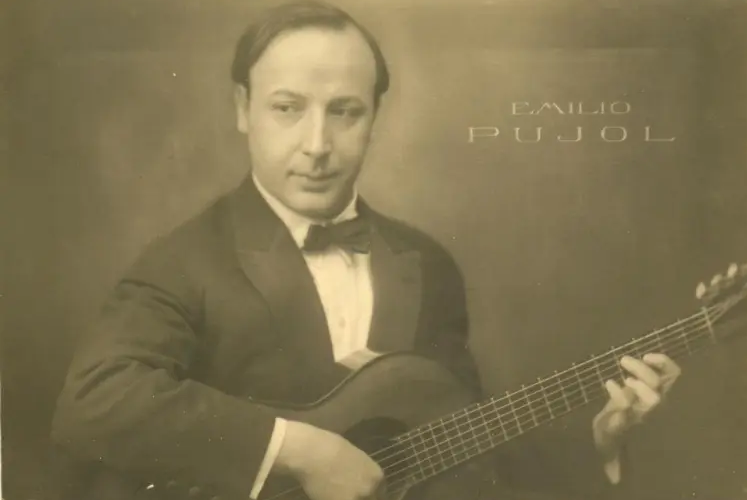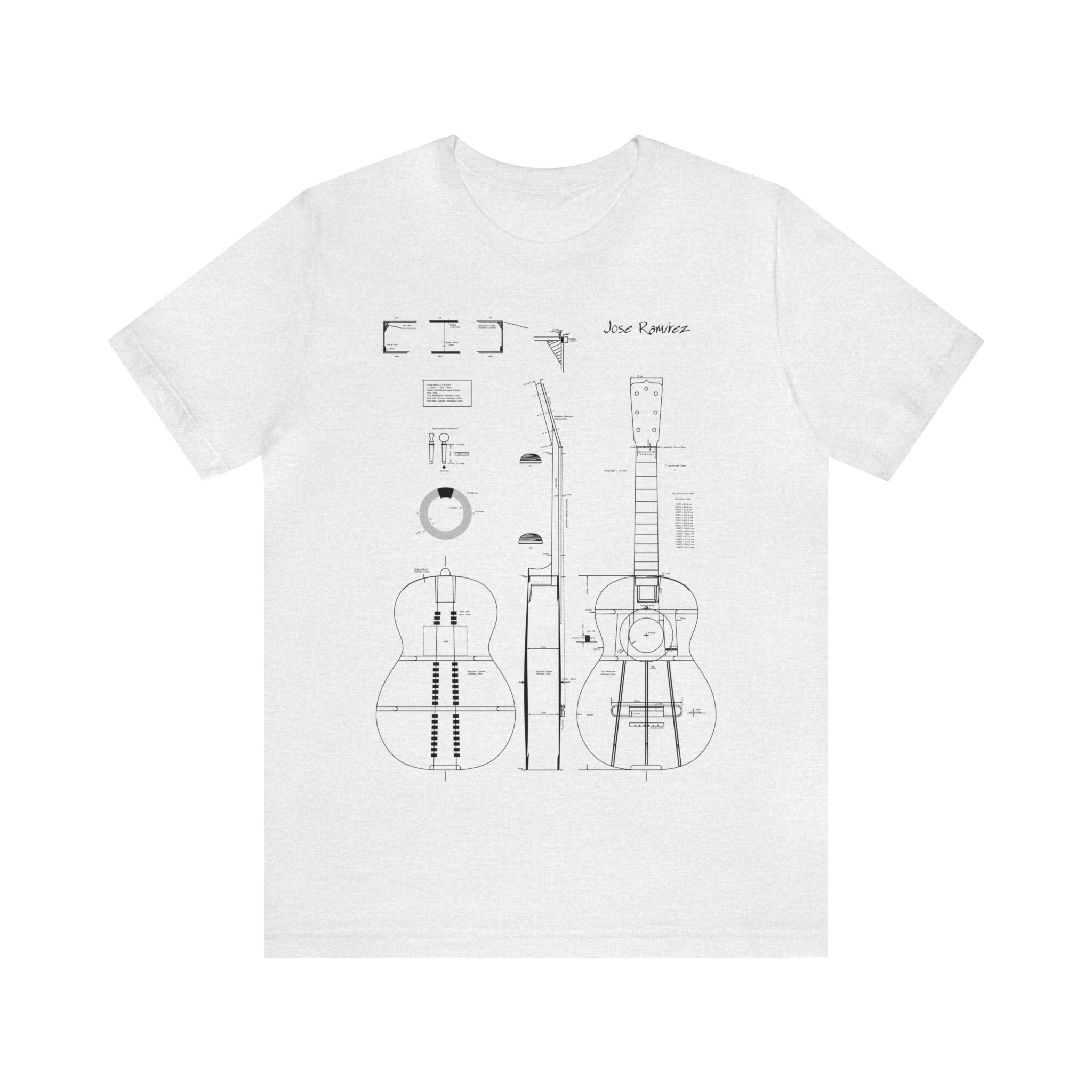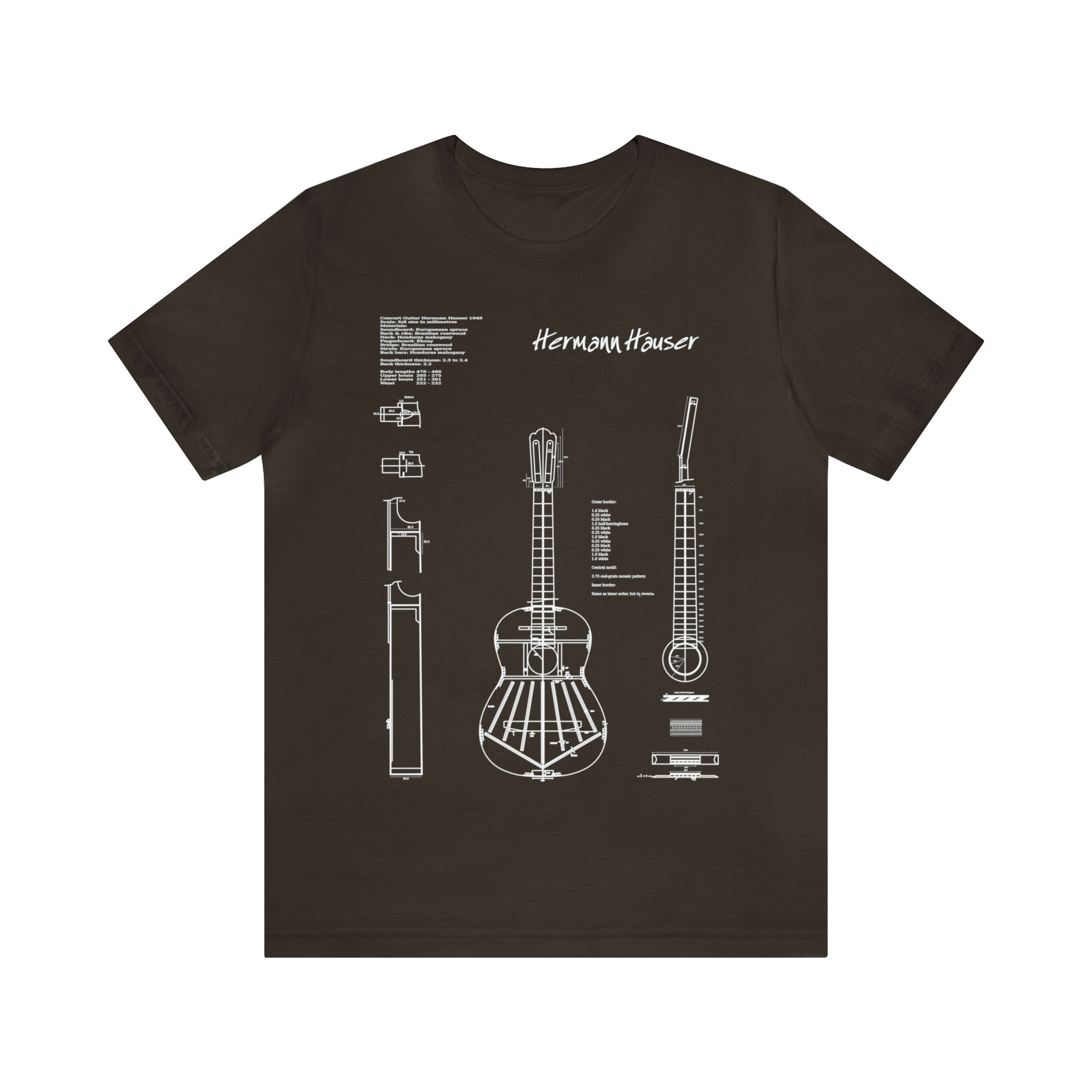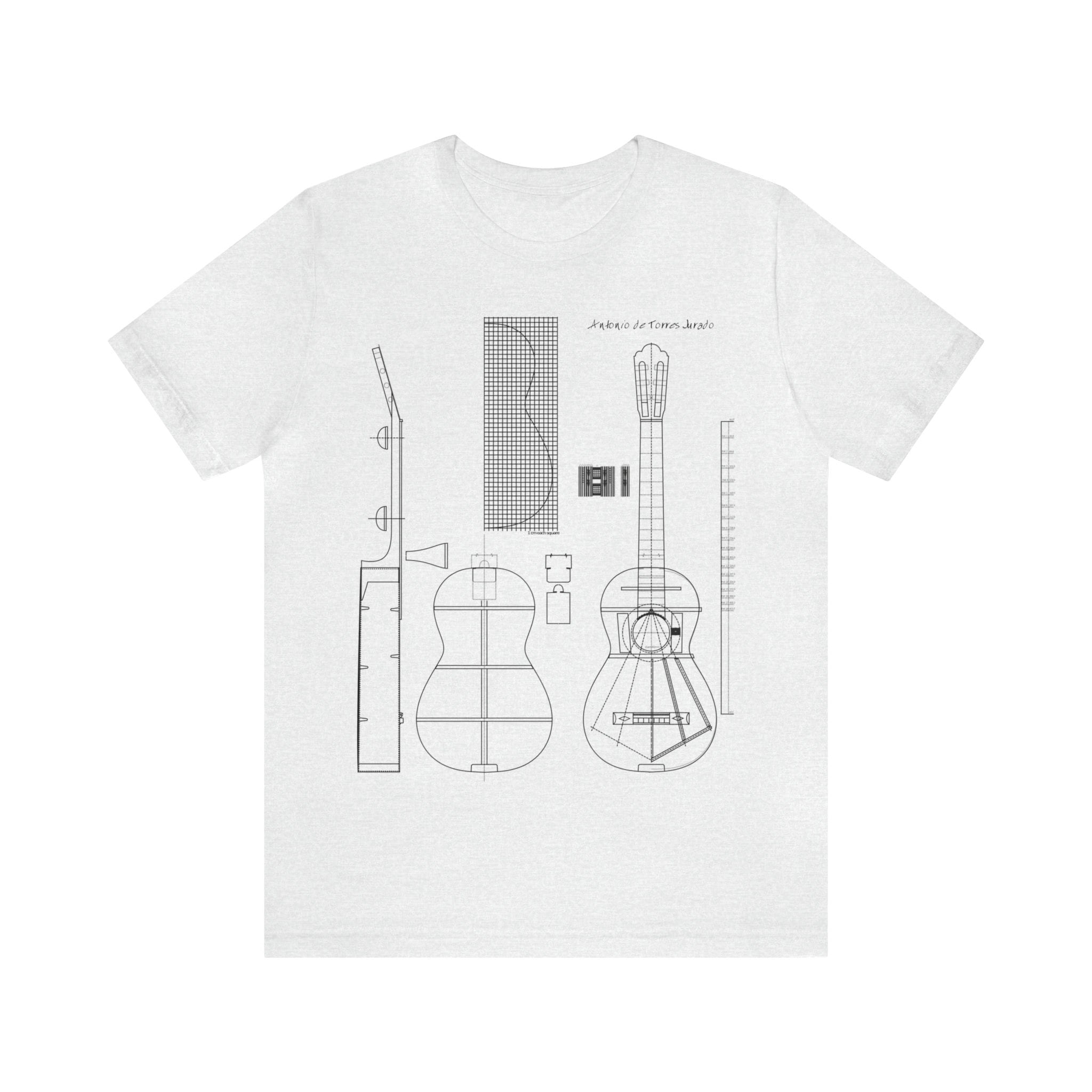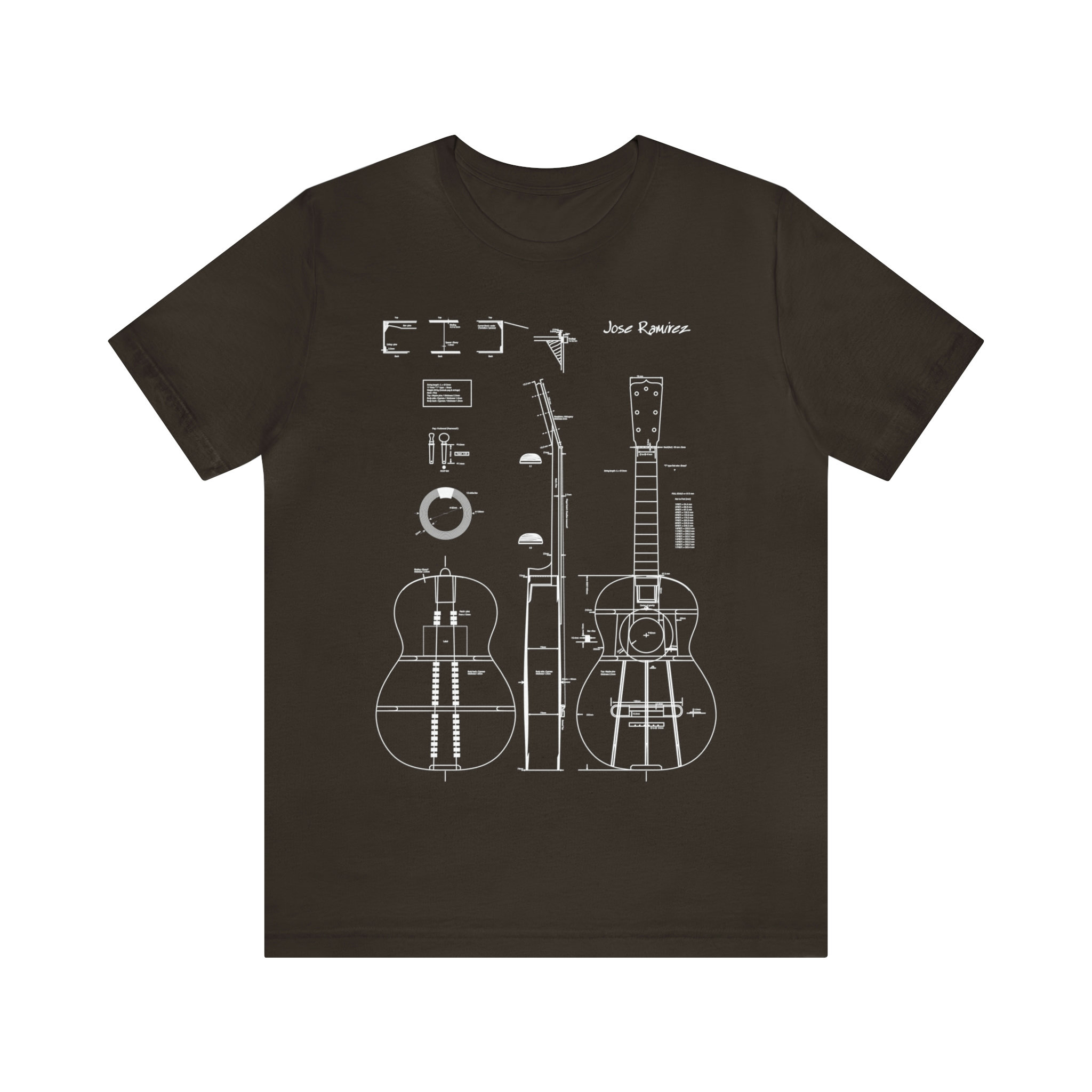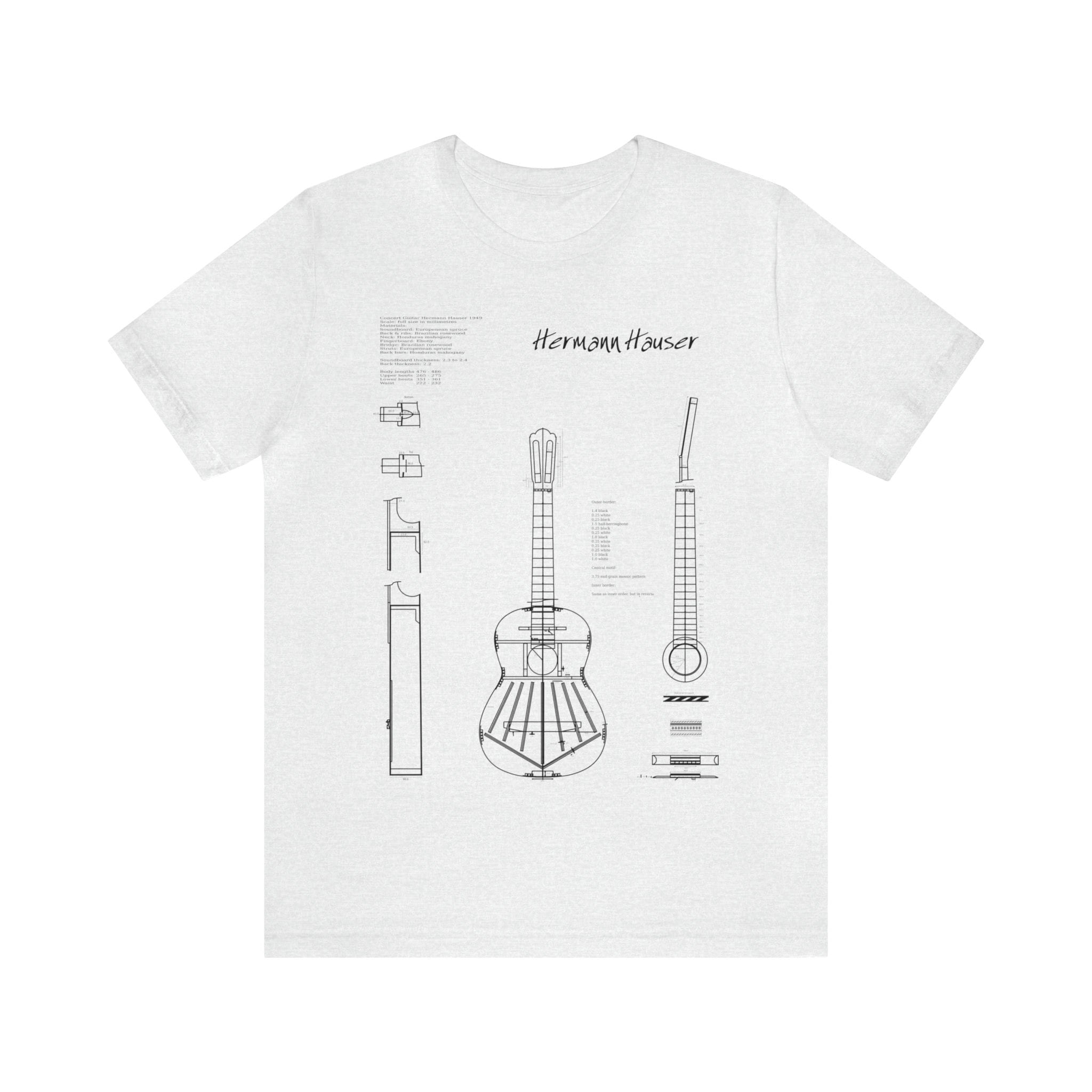Introduction
The guitar is today one of the most widely practiced instruments in music conservatories and schools. To the interest shown in this instrument by a large number of composers of the 20th century is added the intense activity of performers. Some notable figures like Andres Segovia have managed to conquer the general public and have encouraged composers to write for the guitar.
This movement originated in Spain in the last century, due, on the one hand, to the progress in luthiery, and on the other hand, to the technique and teaching of Francisco Tarrega (1852-1909). In the 1920s-1930s, the guitar was already in full swing in Europe and around the world. A short time later, guitar academies appeared everywhere, accompanied by a strong demand for teaching and pedagogical material. Let’s mention in France in the 1950s the class of Ida Presti at the Schola Cantorum, the Christian Aubin Guitar Academy, or the creation by Emilio Pujol (1886-1980) of a guitar class at the École Normale de Musique in Paris.
Emilio Pujol is one of the craftsmen of the guitar revival. In this atmosphere of excitement, he contributed to teaching by writing a guitar method reflecting his intense pedagogical activity. This work, the “Escuela Razonada de la Guitarra,” is impressive in terms of volume and the amount of material it contains. The five volumes that make it up can be considered the culmination of the evolution of the guitar since the late 19th century. It is therefore interesting today, 70 years after its creation and 30 years after the publication of the last volume, to question the role it can still play in guitar education. Given the historical situation of the work and the multitude of technical and musical aspects addressed, one might think that it constitutes a reference. However, pedagogical methods and the practice of the instrument have continued to evolve, making the “École Raisonnée de la Guitare” obsolete. Thus, in what follows, we will try to answer these questions by analyzing it and placing it in the context of guitar education today.
First, we will briefly cover the history of the guitar and the methods of the nineteenth century, up to the figure of Tarrega, in order to situate the historical context in which Pujol’s method is located. Then we will focus on the musician himself and his “École Raisonnée de la Guitare” with a brief biography, followed by the author’s intentions and a description of the method. To illustrate its progression and content, we have chosen from among the subjects covered in the method a principle of left-hand guidance that we will follow from its statement to its application at an advanced level. Based on this example and on Pujol’s presentation of other aspects of the instrument, we will attempt to determine what gives this work lasting value and how current guitar education can benefit from it.
Classical Guitar
